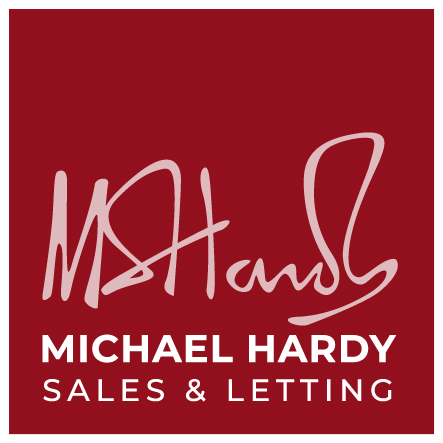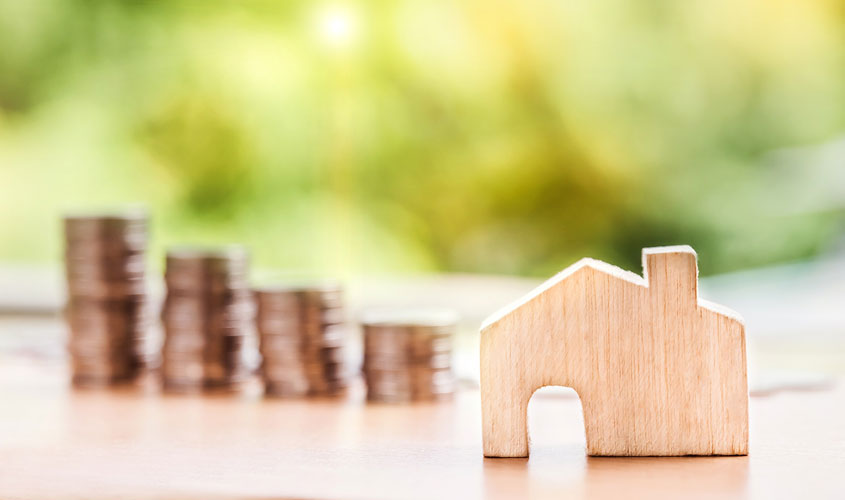It’s a fact of life that buying a house comes with a lot of costs. There are the costs we all know about, such as for the property itself, costs for a solicitor to manage the legal process and costs for the estate agency you’re working with, for example.
However, there is one cost that is less well understood; Stamp Duty. This affects the majority of properties in England and Northern Ireland, and there are a number of different caveats to paying Stamp Duty that you’ll need to understand before you buy your new home.
In this blog, we look at what Stamp Duty is and the different factors that influence how much Stamp Duty you will have to pay when buying a property.

What is Stamp Duty?
Stamp Duty is a payment that you make when you buy a residential property or piece of land in England or Northern Ireland. It’s technically a tax – much like the Land and Buildings Transaction Tax in Scotland or the Land Transaction Tax in Wales – and applies to both leasehold and freehold properties, whether you’re buying the land or property outright or with a mortgage. This tax only applies to property or land purchases costing more than £125,000 (if it’s your only property).
You will have to pay stamp duty within 30 days of completing the purchase of your home by submitting a Stamp Duty Land Tax return. If you don’t pay within this time, HMRC may charge you penalties and interest. However, normally your solicitor will pay the stamp duty on your behalf as part of the purchase process.
How much will you have to pay?
The amount of Stamp Duty you owe will depend on which tax band your property falls into and if it will be your one and only home or an additional property. The tax is calculated depending on how much of your property’s price falls into each band; this is cumulative, meaning that the tax is calculated step by step, instead of based on the total property price.
Stamp Duty tax bands
|
Minimum property price |
Maximum property price |
Stamp Duty rate |
Buy to let / 2nd home rate |
|
£0 |
£125,000 |
0% |
3% |
|
£125,001 |
£250,000 |
2% |
5% |
|
£250,001 |
£925,000 |
5% |
8% |
|
£925,001 |
£1,500,000 |
10% |
13% |
|
Over £1,500,000 |
– |
12% |
15% |
*Information taken from Gov.uk
For example, if you are buying a property for £640,000, and it will be your only property then the Stamp Duty Land Tax (SDLT) you owe will be separated out as outlined below:
- You will pay 0% tax on the first £125,000
- You will pay 2% tax on the next £125,000, totalling £2,500 tax
- You will pay 5% tax on the final £390,000, totalling £19,500 tax
Overall, on a property costing £640,000, you would be looking at paying £22,000 SDLT.
How does Stamp Duty work for second homes?
Since 2016, when buying a second home in addition to a main residence, buyers have had to pay an additional 3% Stamp Duty Land Tax for the first £125,000, and then 5%, instead of the normal 2%, on the amount in the £125,001 – £250,000 tax band. This is also outlined in the above table.
This applies to all property owners buying a second property in England, Wales and Northern Ireland. If you go on to sell your original main residence within three years, and therefore only own one home, you can request a refund for the amount above the normal stamp duty rates.
To make it easier to work out, if you’re a first time buyer, replacing your main residence, or buying an additional property, head to Gov.uk to calculate your Stamp Duty here.
What is Stamp Duty relief for first-time buyers?
Since a change to Stamp Duty in 2018, first-time buyers (buyers purchasing their only or main residence and have never owned a freehold or leasehold property before) will not have to pay any Stamp Duty on properties worth up to £300,000.
If a first-time buyer is buying a property worth more than £300,000, they will still pay no Stamp Duty on the first £300,000, only the remaining amount. For example, if they’re buying a property worth £475,000, they will only pay Stamp Duty on £175,000.
What’s more, first-time buyers who were not initially eligible for this relief when they bought their home may be able to claim back their SDTL through a refund. It applies to purchases made on or after 22 November 2017 where the purchase price is no more than £500,000. To find out more complete a Stamp Duty Land Tax return and see if you meet the eligibility requirements to receive a refund.
How does Stamp Duty relief work for joint ownership properties?
If you are married and buying a property, then you both need to be first-time buyers in order to be eligible for the First Time Buyers Stamp Duty relief. Unmarried people can also get a reduction in Stamp Duty, as long as the only person named on the mortgage deed is a first-time buyer.
If you are looking to buy a property in the Wokingham or Crowthorne areas, we can help! Search our properties or call us to find out more on Wokingham 0118 977 6776 or Crowthorne 01344 779 999.

